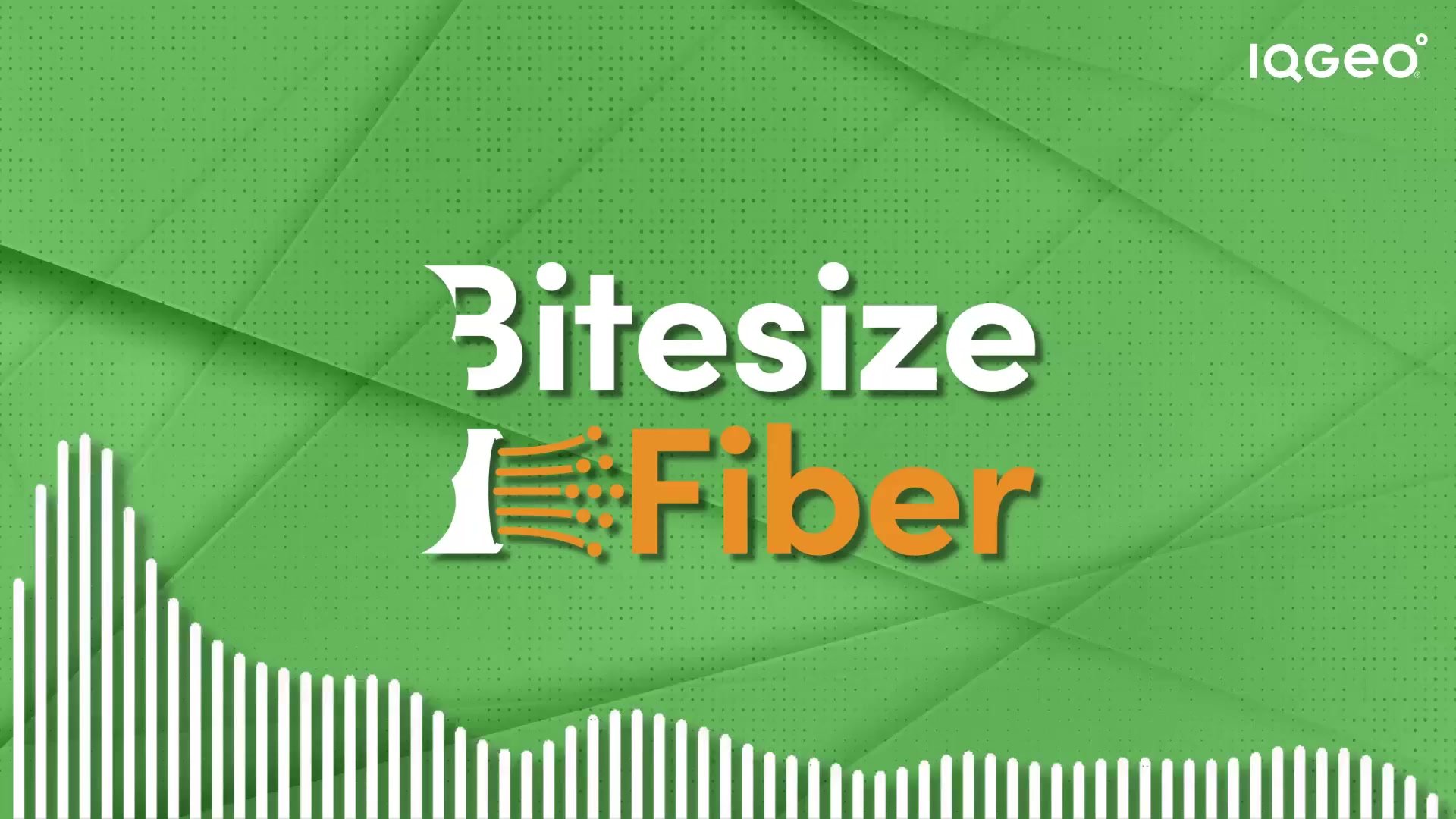According to Ditch Witch, a leading underground utility equipment manufacturer, increased neighborhoods, businesses, and government entities are demanding better fiber connections. In recent years, microtrenching has become a viable option for various developers to install fiber optic cables in heavily overcrowded areas. Although a new development, microtrenching is rapidly gaining momentum and further driving innovation within the fiber optics space.
What is microtrenching?
Microtrenching is known to be one of the easiest methods to bring fiber to a city. As the term suggests, microtrenching is a method of installation whereby a narrow and shallow trench is cut, usually on one side of an asphalt road. One of the substantial benefits over traditional methods is that it is a more cost-effective method of installation. Additionally, environmental limitations may prevent installation in the right-of-way or absence of right-of-way.
Unlike traditional trenching methods which are at least 12 inches wide, microtrenching involves a cutting wheel which saws a 0.5 – 2-inch-wide trench with a maximum of 2-foot depth. As a result, this allows to speed up an installation while reducing the overall equipment, material, and labor cost while increasing broadband efficiency.
Microtrenching – a key part of the FTTH process
Recently, companies such as CenturyLink, Google Fiber, and Verizon have adopted the microtrenching technique for various deployments within their respective markets. For example, New York City was one of the first cities to adopt microtrenching, with many others now encouraging it as the preferred technique to deploy fiber.
According to research by Broadband Communities Magazine, traditional open trenching costs around $400/linear foot (costs varies state by state) with microtrenching costs being just one-fifth. Therefore, a fiber deployment can be installed faster with microtrenching over other methods – in some cases hours versus days.
Generating trenches with Comsof Fiber
With so much data to monitor and evaluate, it can be challenging to stay current on the latest discussions surrounding microtrenching. To fully capitalize on the benefits, one must adhere to best practices – using the right equipment, deploying software to optimize the planning & design of networks, and following current cutting procedures. Therefore, Comsof Fiber software can help you save money and automate and optimize your designs while working in business districts and congested urban areas. Request a demo today and learn how our software will benefit you.
Similar articles:


 Previous
Previous







